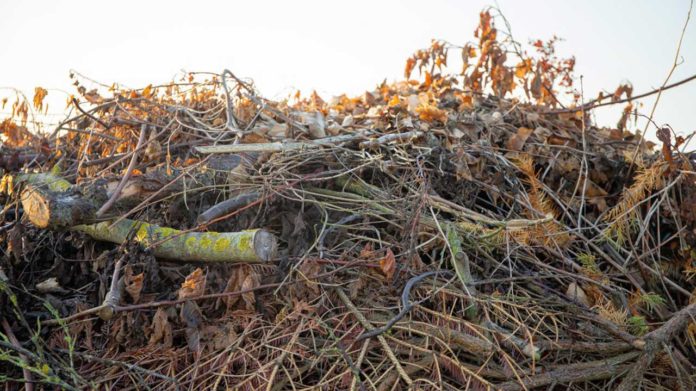Biomass includes wood, agricultural waste, food waste, manure, etc. It can be used as the main energy source for mankind. Considered as a renewable energy source, biomass is produced in at least the same quantity as consumed, without net deforestation or competition with food production.
To make the best use of biomass, scientists at EPFL‘s Group of Energy Materials (GEM), based in Sion, have developed a novel approach to better incorporate this resource into existing power grids and gas distribution systems on local availability and demand. Their approach can feed both power grids and gas pipelines.
Using a gasification process, this newly developed system converts biomass into hydrogen and further into methane, with reversible solid-oxide cell technology (rSOCs). The technology can store electricity as methane (Power2Gas) and convert the methane back into electricity – with high yields in both directions.
Scientists wanted to identify the optimal configurations for biomass plants operating at a scale between 1 MW and 100 MW, in a multi-purpose mode: to generate power fed into the electrical grid in case of electricity demand; when there is no demand for electricity, to produce hydrogen and/or methane (the main component of natural gas) and inject it into the natural gas grid.
Maria Perez Fortes, a GEM scientist, said, “Our study aims to come up with the optimal design for a biomass plant and its organic-matter supply chain. We applied our approach for the conditions in 2 countries: one in Denmark, representative of northern Europe, and one in Italy, representing southern Europe. In both cases, we assessed the local power grid’s needs, how much, and what kind of biomass streams are locally available, what the associated transportation costs are, and several other factors. Our goal was to develop an effective grid-balancing approach that relies more heavily on renewable energy, consuming power when the supply is high (to store it as gas) and generating it when the supply is low. That’s why we decided to use reversible solid-oxide cells –the only technology that can switch seamlessly between electricity and gas production.”
